Fifty years ago, 32 people died in what was once the deadliest attack on the LGBTQ+ community in U.S. history. On the evening of June 24, 1973, an arsonist torched the entryway into the Up Stairs Lounge in New Orleans, setting off a catastrophic blaze that quickly ate up the stairway leading up to the bar before consuming the establishment itself.
In honor of LGBTQ+ History Month, we at The Advocate remember and honor the victims of the Up Stairs by republishing our original report on the inferno, as reported by George Schwandt:
--
The tragic fire at a gay bar here on Sunday, June 24 [1973] — being celebrated as Gay Pride in many of the nation’s cities — turned a festive evening info a hell in which 29 persons died. One other man died in a hospital four days later. Fourteen others were injured, several of them barely clinging to life nearly a week after the blaze.
The belief was widespread that the bar—the Up Stairs Lounge—had been firebombed, but authorities had still made no official determination of the cause of the blaze nearly a week later.
Fire Supt. William McCrossan said “it could be one of the worst fires in the city’s history in terms of people killed.” Certainly never before in the memory of observers had a gay bar been the scene of such a tragedy, and both local officials and local and national news media struggled visibly to reconcile the natural human reaction of shock and dismay with the dislike of homosexuals so deeply engrained in American society.
Maj. Henry Morris, chief of detectives of the New Orleans Police Department, drew a stringing denunciation from the Rev. Troy Perry, head of the Universal Fellowship of Metropolitan Community Churches, for reportedly referring to the Up Stairs as “a queer bar. ”Mr. Perry, who flew here immediately after the fire, said the police department later disputed whether the statement had been made but apologized anyway.
There were reports, which fire investigators here would neither confirm nor deny, that both the FBI and the National Fire Prevention Bureau were aiding police, the state fire marshal’s office, and the New Orleans Fire Prevention Division in the investigation of the blaze. The tragedy revived a controversy over preservation of many of the ancient buildings in the French Quarter. The Up Stairs was on the second floor of one of these, a three-story structure on Iberville Street a block from Canal Street.
Timothy A. Driscoll, an assistant state fire marshal, charged June 27 that by fighting demolition of unsafe structures, the Vieux Carre Commission is inviting a holocaust that could involve the entire Quarter.
Another second floor bar on Iberville, a block from the Up Stairs, the Safari Lounge, was closed by the Fire Prevention Bureau in the wake of the Up Stairs for alleged fire code violations. The Safari is not gay.
The Up Stairs was in compliance with the fire code according to Driscoll, who examined the gutted building after the blaze. However, New Orleans Coroner Carl Rabin said a false plywood wall in the bar, which blocked access to windows “certainly contributed to the death toll.”
The fire was a major blow to the local Metropolitan Community Church, which had held some of its early meetings at the Up Stairs. The bar was still a favorite haunt for MCC members, and about ten of them—nearly a third of the membership—were missing or dead in the fire. Among the dead was the church’s interim pastor, The Rev. William R. Larson, 47.
The occasion for the gathering the afternoon of June 24 was the bar’s regular Sunday afternoon beer bust from 5 to 7 PM. Over 125 persons were in the bar just before the beer bust officially ended, but by 7:30 the crowd had thinned to about 60. Many were gathered around a baby grand piano in one corner, singing.
William White of Pineville, La. was quoted by United Press International as saying he had left the bar moments before the fire because “there were a couple of guys quarreling at the top of the stairs” which led to the bar.
Other survivors have confirmed that there was some altercation, but accounts vary as to whether anyone had been ejected from the premises or had been asked to leave.
Summons to Disaster
A few minute before eight, a buzzer used by taxi driver at the entrance to summon customers, sounded. Someone opened the heavy fire door connecting the top of a narrow flight of stairs to the lounge.
A ball of flame, which some witnesses said seemed to be fed by gasoline or some other inflammable fluid, burst into the bar. Someone screamed “Fire.” Panic followed.
The acoustical tile in the false ceiling ignited, the flames shot through the open space, and within seconds the ceiling was a sheet of fire.
Douglas “Buddy” Rasmussen, UpStairs Lounge manager, who had been tending bar, called out for the crowd to not panic. He led about 20 people out an obscure back exit, which led to a roof door—and safety.
But most of the people in the bar either did not know about the rear door or had no chance to reach it. One of them was Rasmussen’s lover, Adam R. Fontenot, who died in the flames.
 Getty Images
Getty Images
Tragic Figure
One man wrenched an air conditioner out of a window apparently covered otherwise with a sheet of plywood, but could not get through the opening, news photos of the fire showed his body resting on the window sill – a macabre, mannequin-like figure, its face showing the horror of death. Some MCC members said that was Mr. Larson, but others disputed the identification.
Another man was in a washroom when a friend rushed in and said someone had started a fire. They looked to see the ceiling ablaze. The first man dived for a window about five feet away and escaped by kicking out the glass panes as flames seared his back. The friend who had warned of the danger didn’t manage to follow him.
Others who tried to get through windows were trapped by burglar bars.
About 20 others escaped through the unbarred windows on the opposite side of the room. Many leaped to the street, some sustaining fractures in the drop. Spectators, amid blood and glass littering the pavement, helped extinguish their flaming clothing.
With city fire headquarters only three blocks away, firemen arrived within minutes, rescuing others who had gotten out of the windows and stood on ledges or on a fire escape which did not provide a ladder to the ground. The firemen had the flames under control within 16 minutes after the first alarm.
When they were able to enter, they found a scene of horror—bodies piled on the floor, most of them near the false plywood wall.
Fire officials initially released a fatality count of 38, but it developed that, in the confusion, some bodies had been counted twice.
The scene at Charity Hospital where the injured were taken was a gruesome one. Nurses divided themselves in teams, some gathering blood, others checking vital signs of life and trying to get names from those who could talk. Some were burned over 100 per cent of their bodies.
Doctors were cutting away dead and charred skin, racing against time to save the lives of their moaning, unmoving patients.
As they worked, ambulances delivered more stretchers bearing cut and burned victims. Police officers arrived, and later friends and families of the suffering swelled the crowds in the halls.
Who started the fire?
There was no doubt among any of those present that the bar had been torched. But was it a disgruntled patron or someone whose mind was twisted by hatred of homosexuals?
The gay community was initially alarmed when TV channel 8 reported having received a call from a woman saying, “The fire last night was set by a vigilante group which has declared a war on homos. The group is called ‘Black Momma, White Momma’,” after a movie of the same name. More attacks were planned,” the caller said.
The station gave a tape recording of the call to police. But detectives have proclaimed the call a hoax and appear to be directing their investigation principally on the theory that the arsonist was a patron.


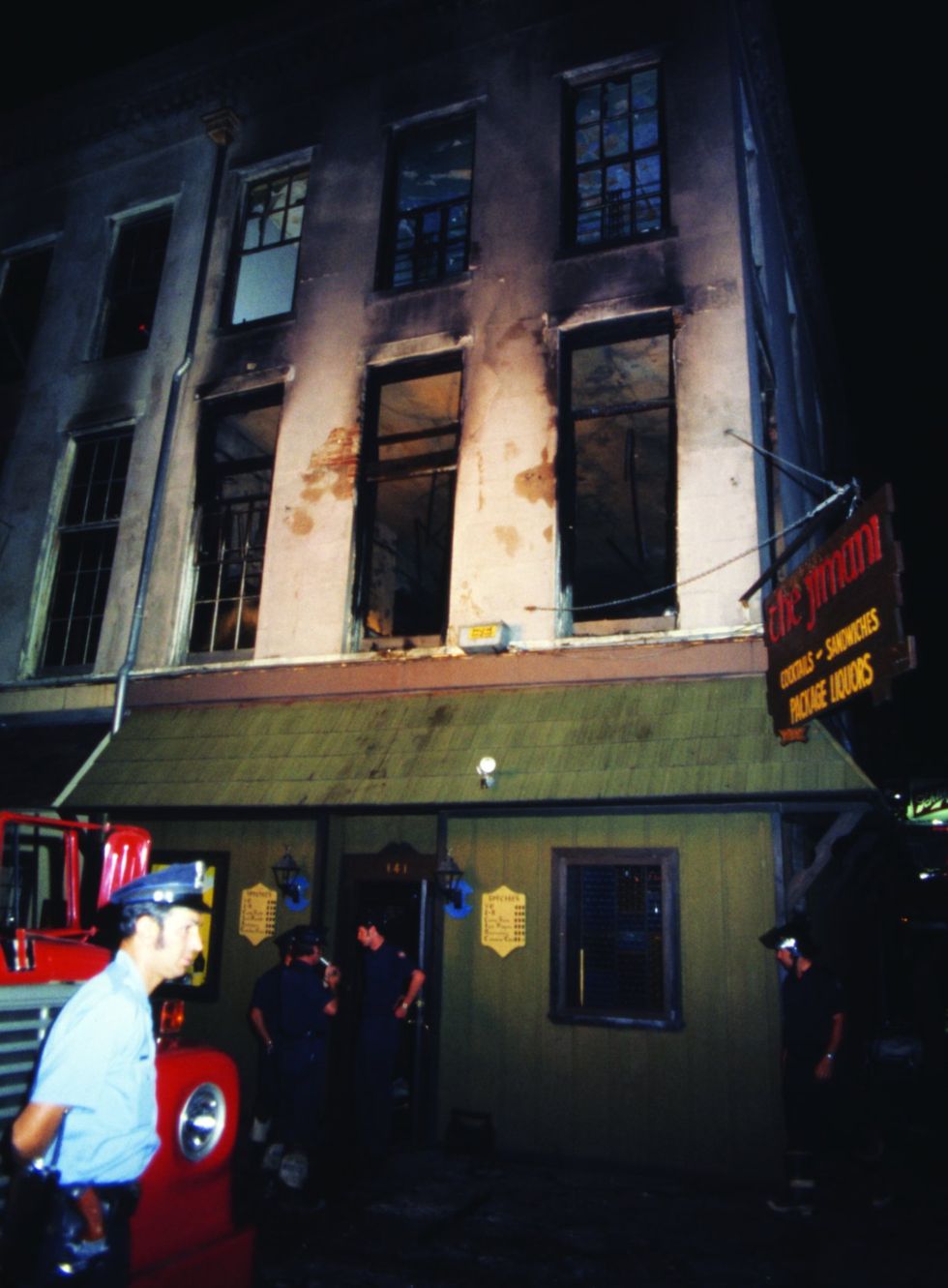 Getty Images
Getty Images





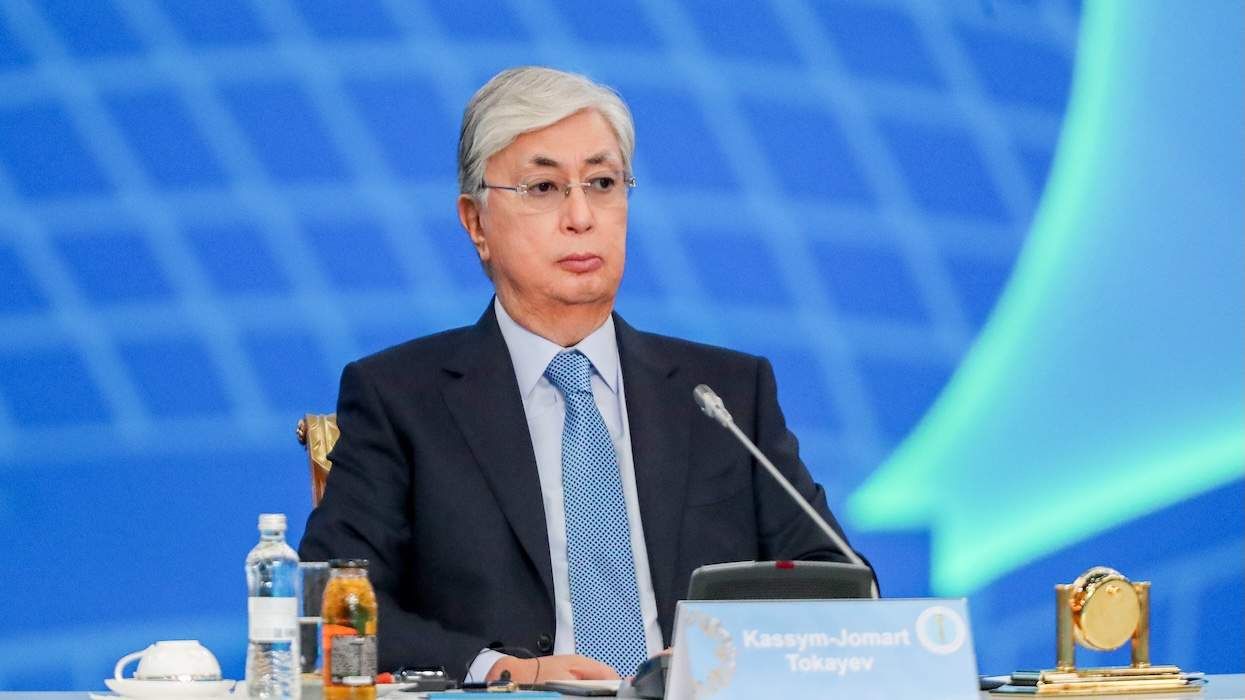

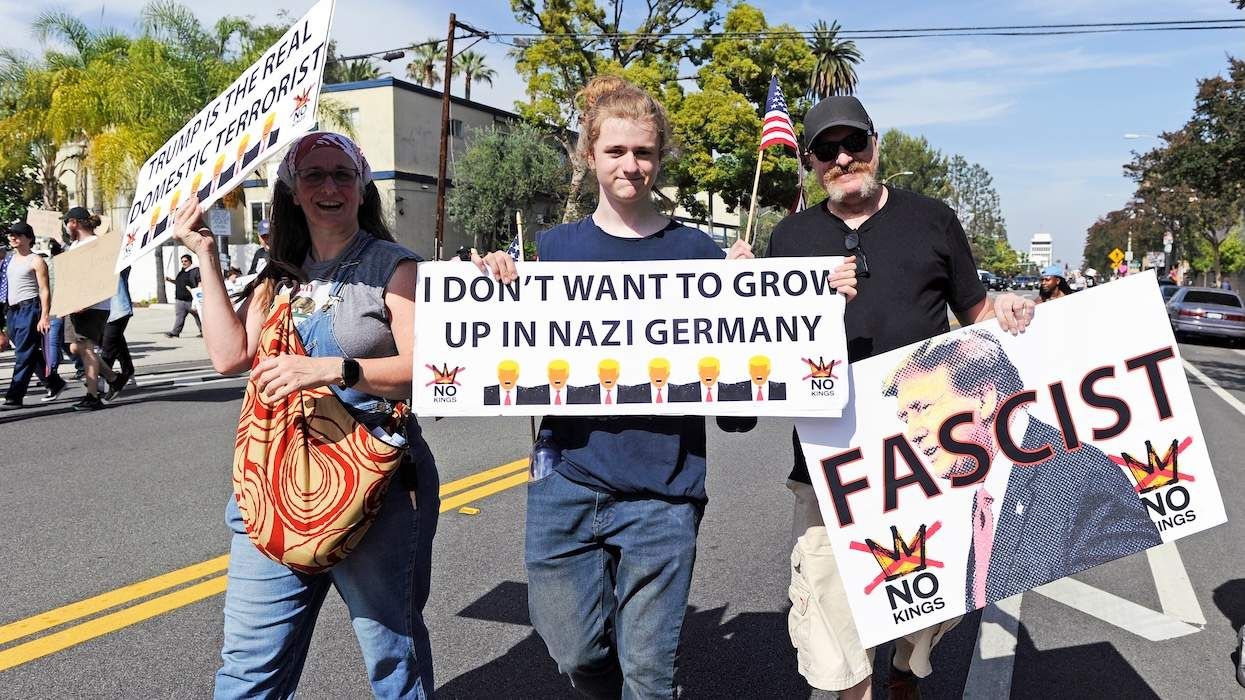
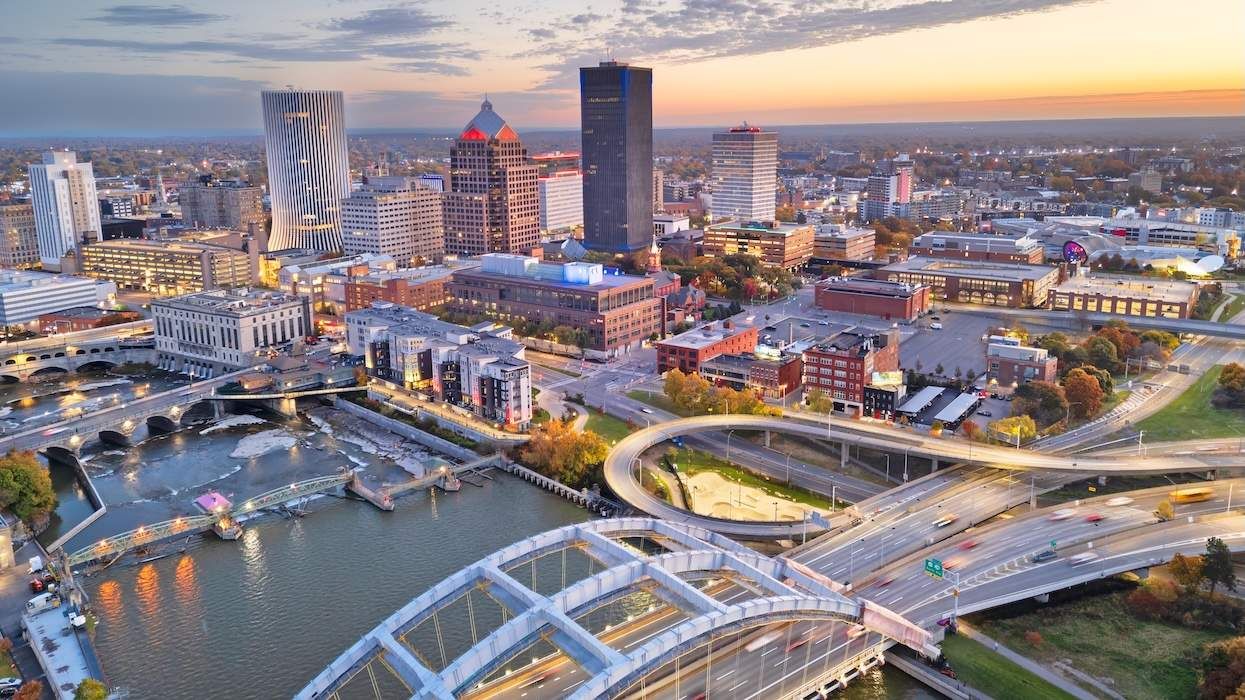
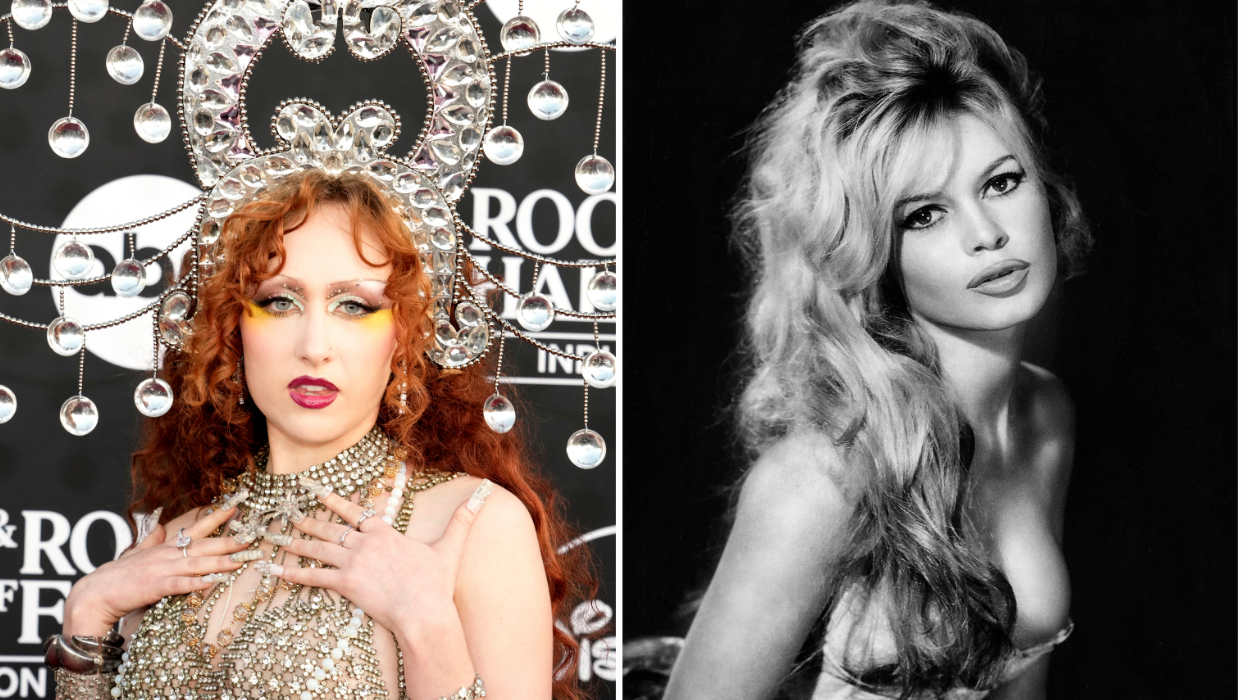
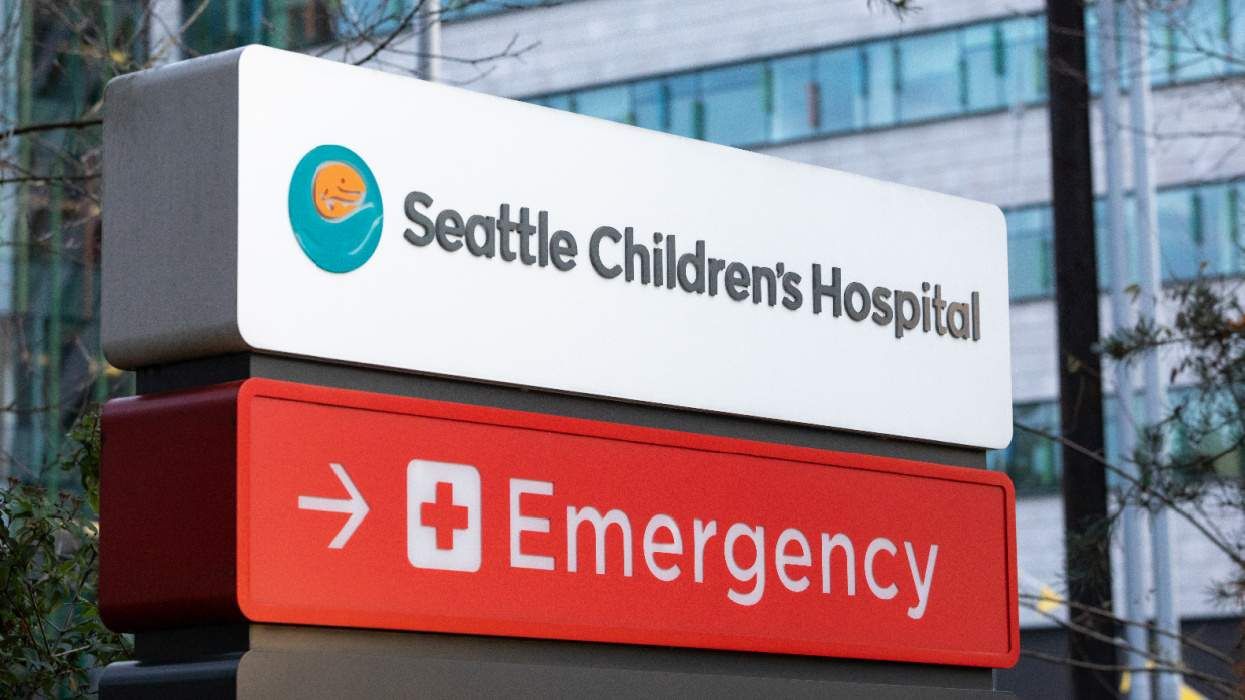

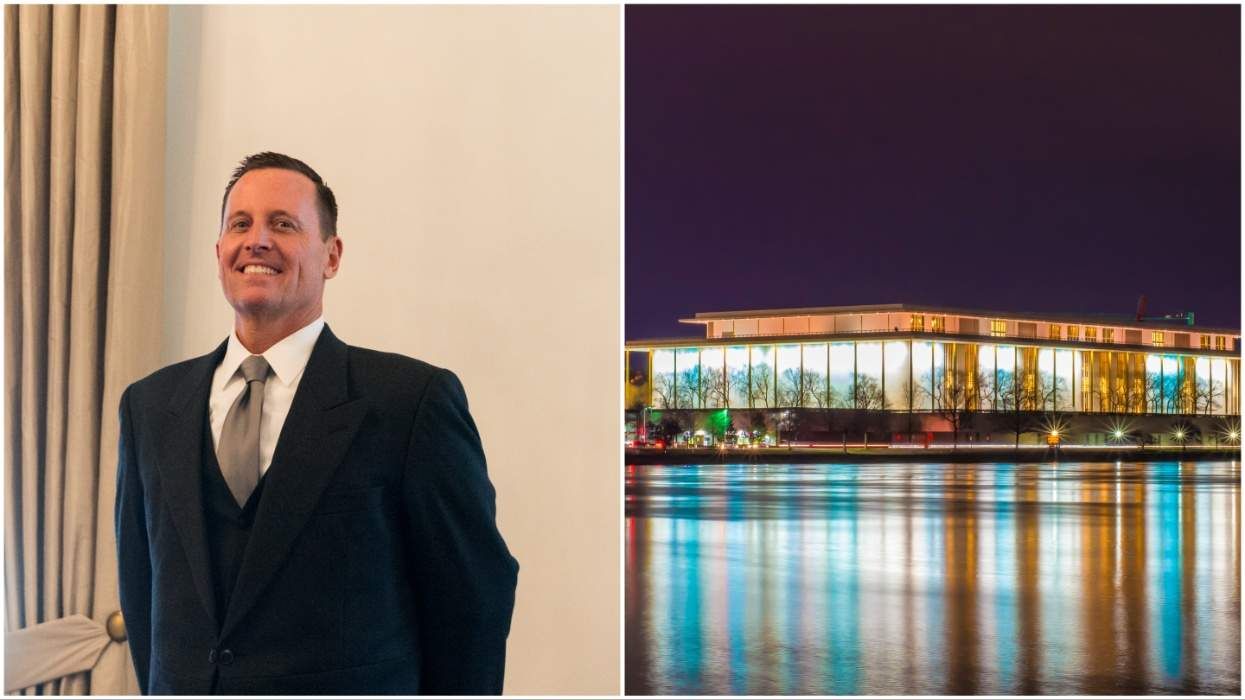

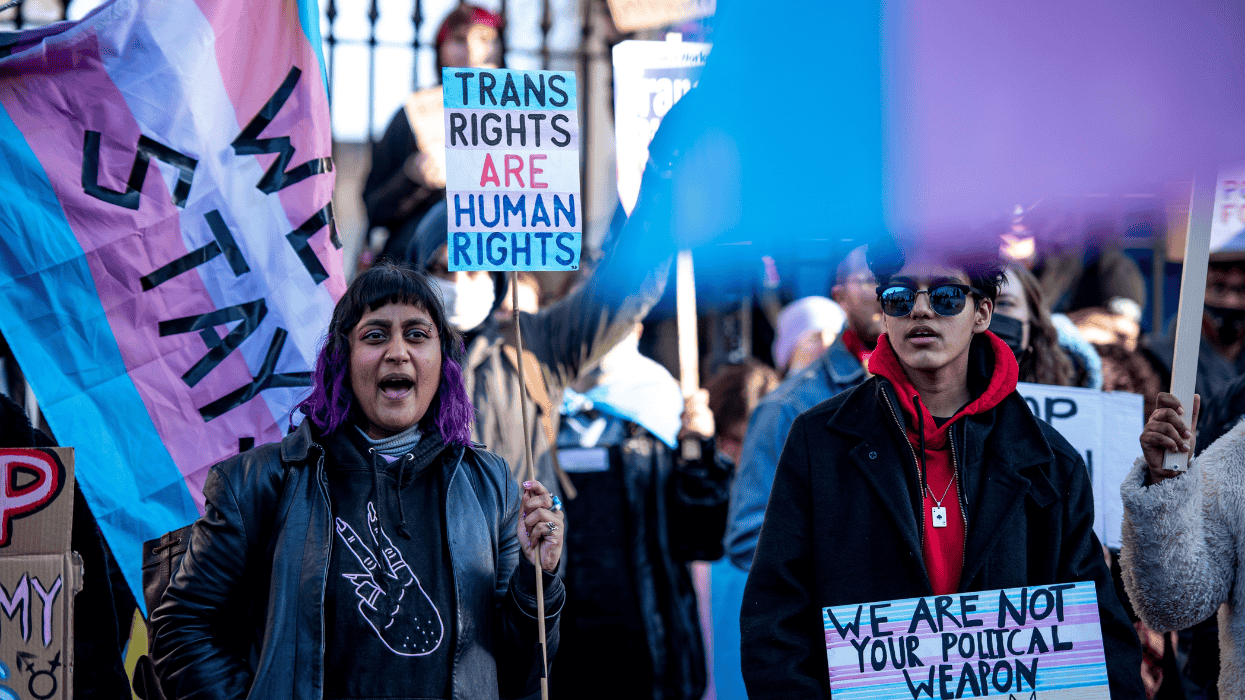
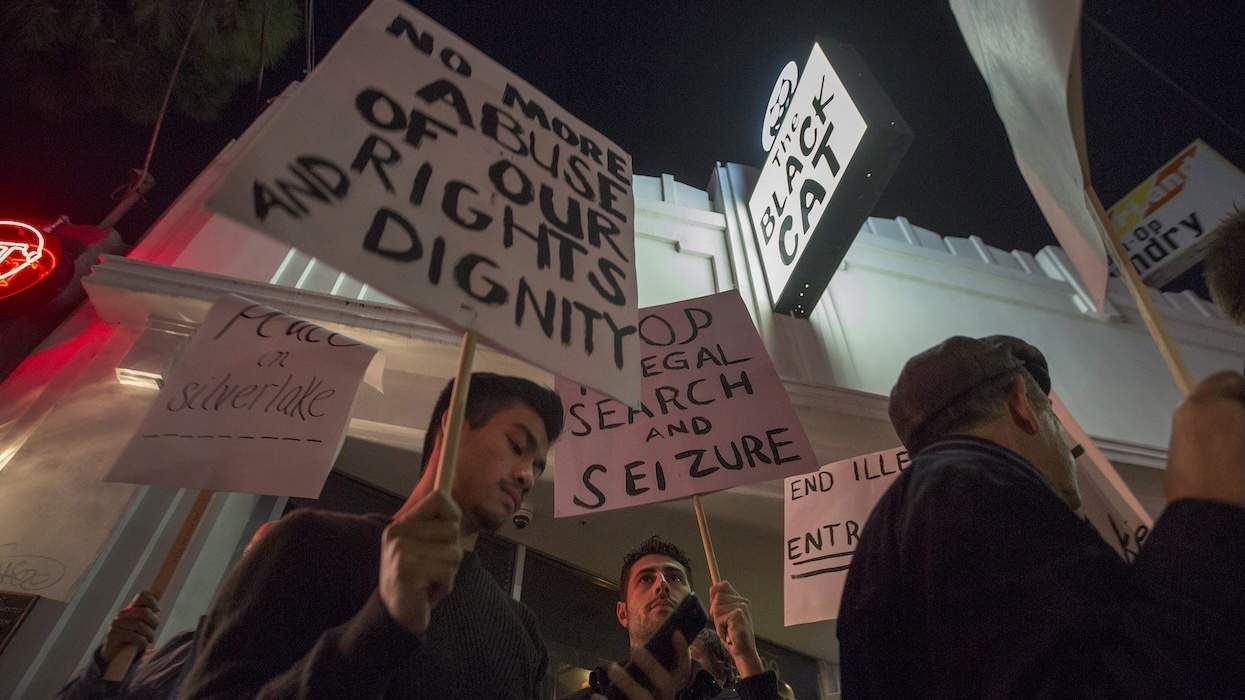
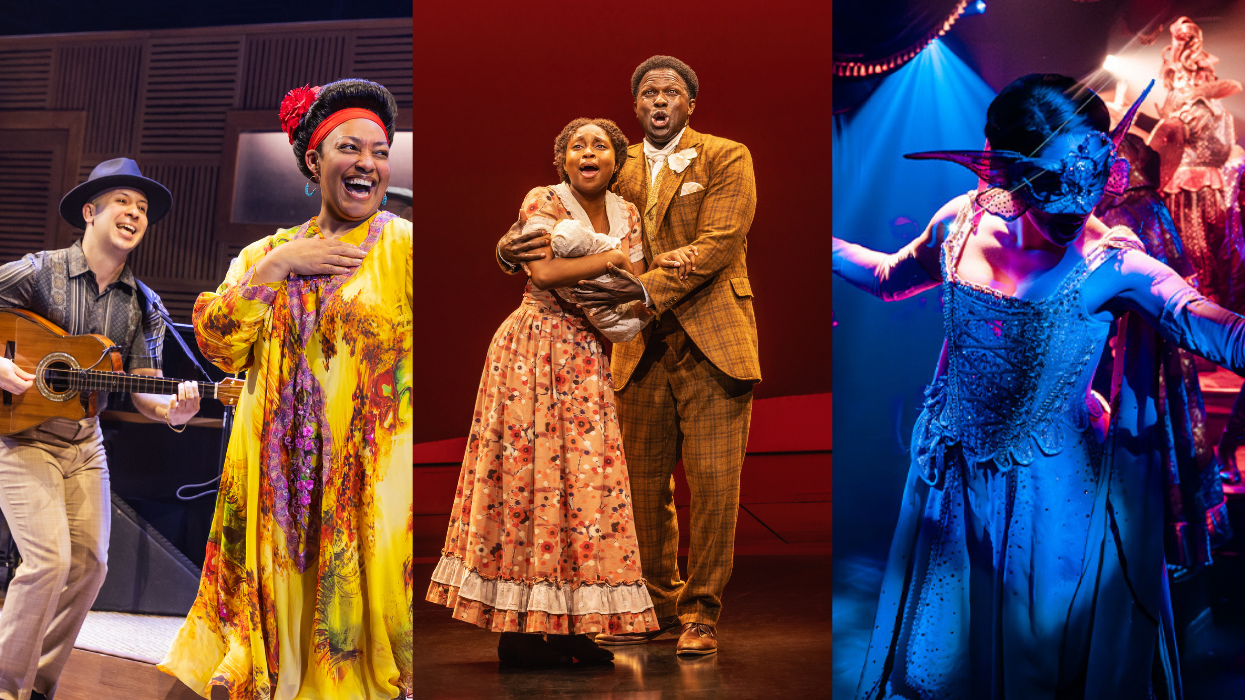

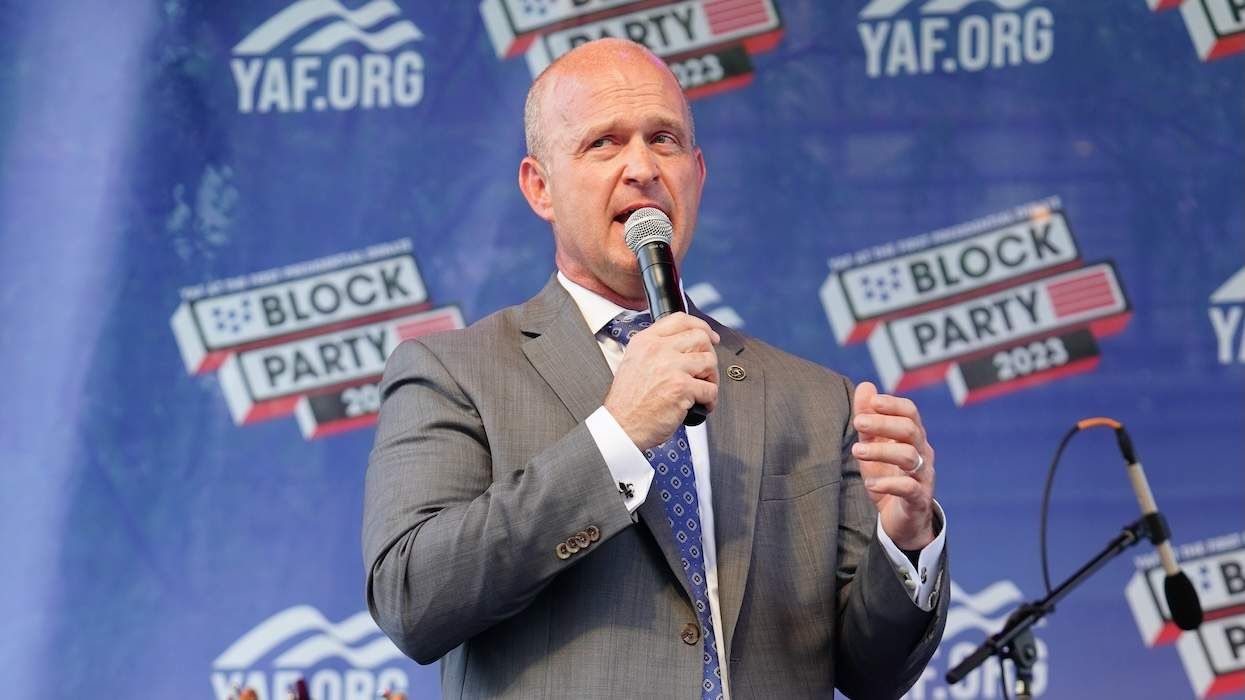

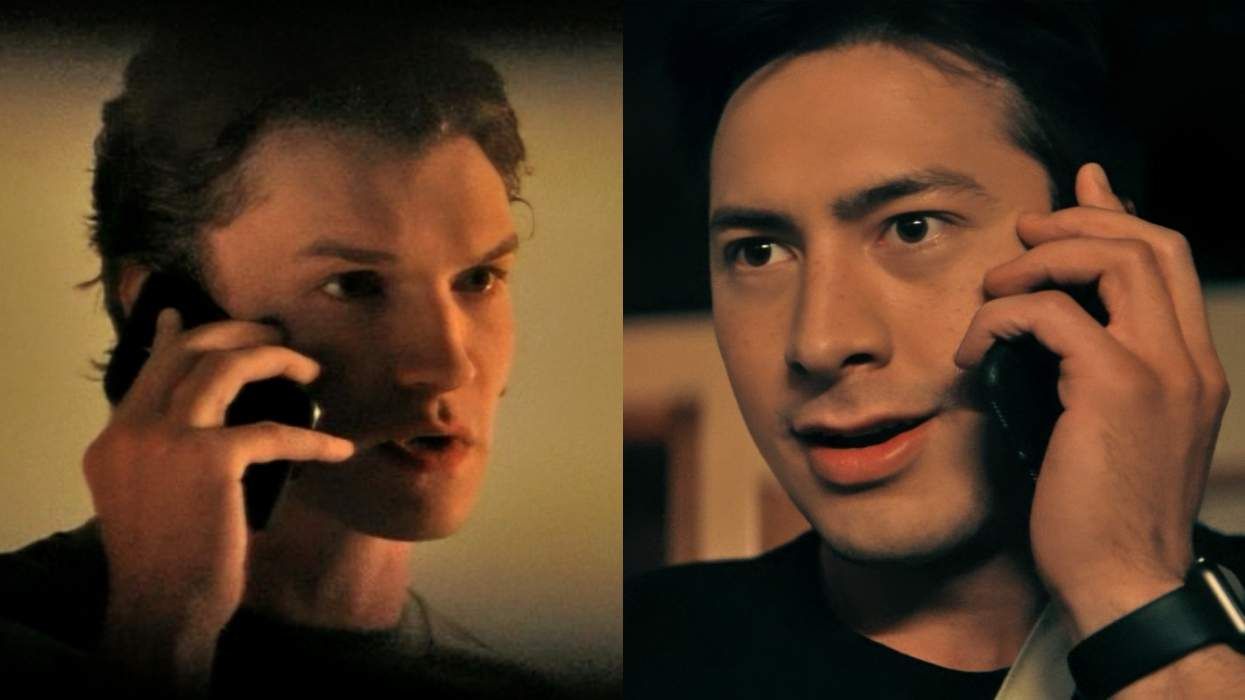

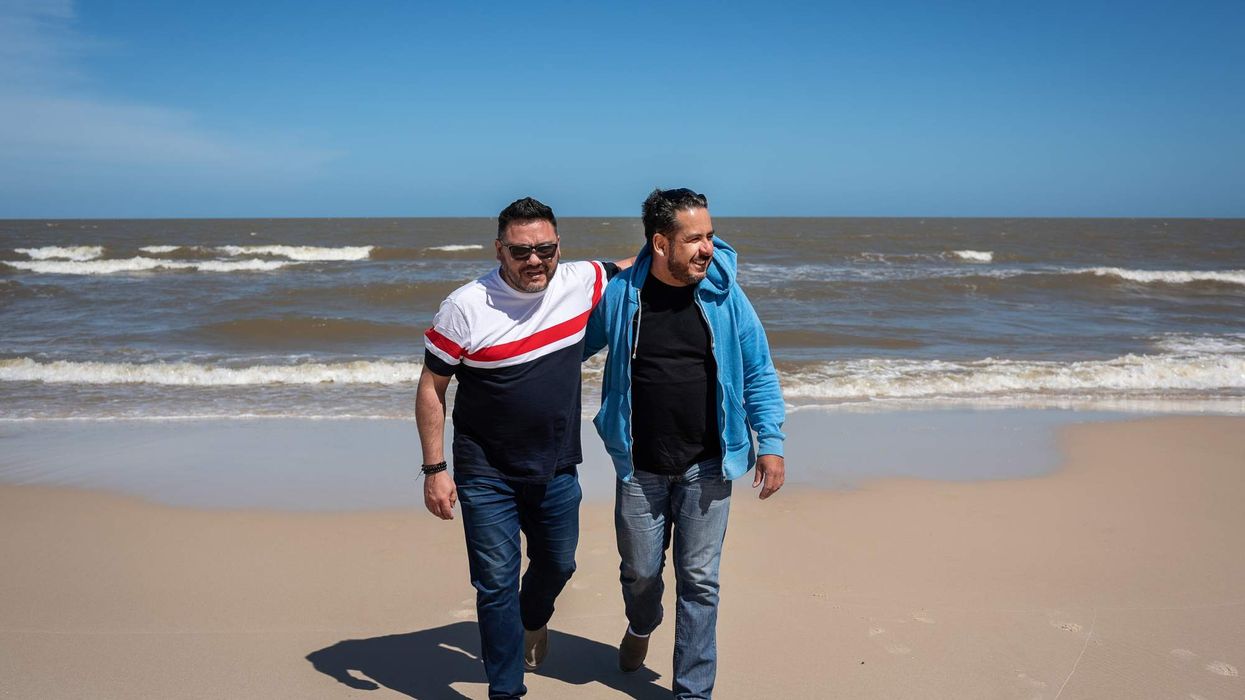
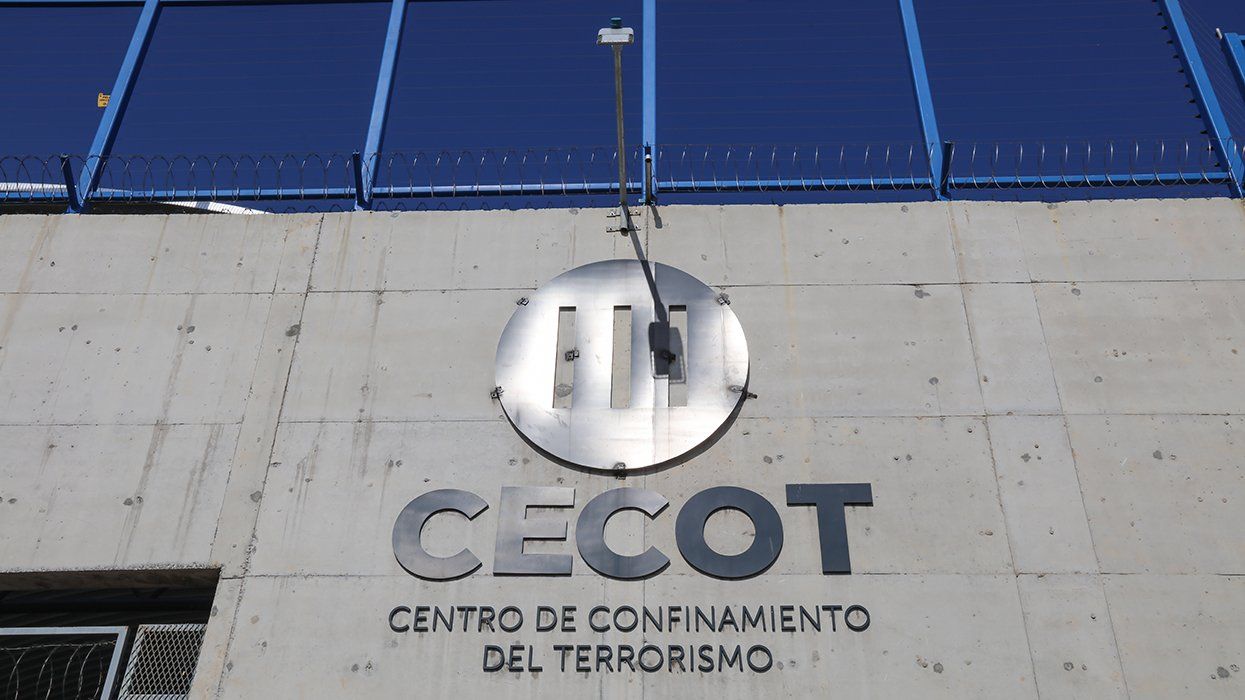







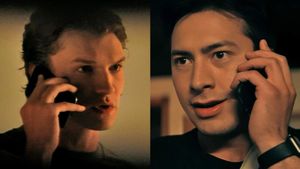

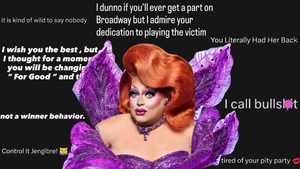



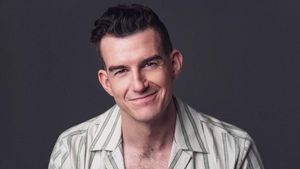


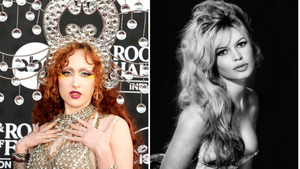

















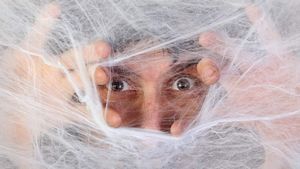






Charlie Kirk DID say stoning gay people was the 'perfect law' — and these other heinous quotes